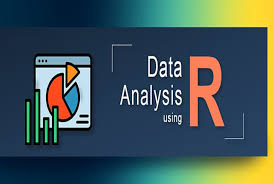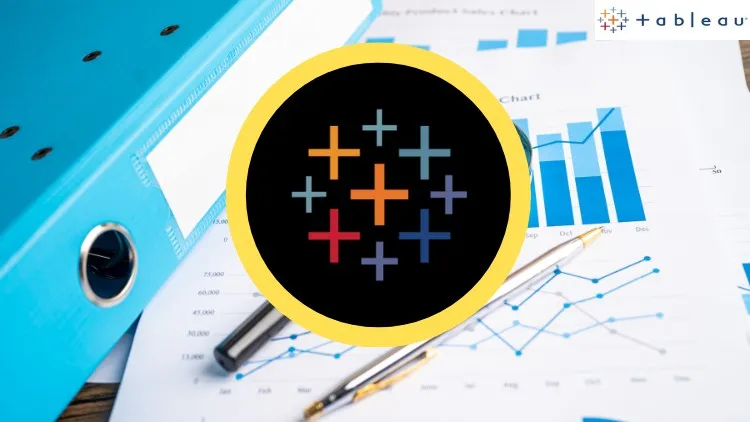Statisticians utilize R, a program with qualitative characteristics, for data mining, visualization, and analysis. Through examining, summarizing, statistically analyzing, and visualizing, the Data Analysis Using R Programming Course offers insight into quantitative data analysis.
Course Objectives
- Learn about the capabilities of the R language by writing a basic program.
- Use data types including strings, vectors, arrays, lists, and data frames.
- Use branches and loops to execute code conditionally or repeatedly.
- Learn how to utilize R add-on packages; expose participants to R as a tool for quantitative data analysis; help learners become proficient with R software and R-studio as a user interface; let learners import data from a variety of sources; and introduce fundamental statistics for exploratory data analysis, such as how to characterize and summarize variable distributions.
- Explain how to choose subsets and recode data;
- Introduce scatter graphs, bar charts, and histograms as visual representations of variables;
- Analyze the correlations between variables
Prerequisites
Both novices and quantitative researchers are the target audience for this course. It makes no assumptions about prior statistical expertise or experience in quantitative research. It will be required of participants to bring their own laptops.
Course Outline
Introduction
- What Is R?
- Installing R
- Choosing an IDE
- Emacs + ESS
- Eclipse/Architect
- RStudio
- Revolution-R
- Live-R
- Other IDEs and Editors
- Your First Program
- How to Get Help in R
- Installing Extra Related Software
A Scientific Calculator
- Mathematical Operations and Vectors
- Assigning Variables
- Special Numbers
- Logical Vectors
- Summary
- Test Your Knowledge: Quiz
- Test Your Knowledge: Exercises
Inspecting Variables and Your Workspace
- Classes
- Different Types of Numbers
- Other Common Classes
- Checking and Changing Classes
- Examining Variables
- The Workspace
Vectors, Matrices, and Arrays
- Vectors
- Sequences
- Lengths
- Names
- Indexing Vectors
- Vector Recycling and Repetition
- Matrices and Arrays
- Creating Arrays and Matrices
- Rows, Columns, and Dimensions
- Row, Column, and Dimension Names
- Indexing Arrays
- Combining Matrices
- Array Arithmetic
Lists and Data Frames
- Lists
- Creating Lists
- Atomic and Recursive Variables
- List Dimensions and Arithmetic
- Indexing Lists
- Converting Between Vectors and Lists
- Combining Lists
- NULL
- Pairlists
- Data Frames
- Creating Data Frames
- Indexing Data Frames
- Basic Data Frame Manipulation
Environments and Functions
- Environments
- Functions
- Creating and Calling Functions
- Passing Functions to and from Other Functions
- Variable Scope
Strings and Factors
- Strings
- Constructing and Printing Strings
- Formatting Numbers
- Special Characters
- Changing Case
- Extracting Substrings
- Splitting Strings
- File Paths
- Factors
- Creating Factors
- Changing Factor Levels
- Dropping Factor Levels
- Ordered Factors
- Converting Continuous Variables to Categorical
- Converting Categorical Variables to Continuous
- Generating Factor Levels
- Combining Factors
Flow Control and Loops
- Flow Control
- if and else
- Vectorized if
- Multiple Selection
- Loops
- repeat Loops
- while Loops
- for Loops
Advanced Looping
- Replication
- Looping Over Lists
- Looping Over Arrays
- Multiple-Input Apply
- Instant Vectorization
- Split-Apply-Combine
- The plyr Package
Packages
- Loading Packages
- The Search Path
- Libraries and Installed Packages
- Installing Packages
- Maintaining Packages
Dates and Times
- Date and Time Classes
- POSIX Dates and Times
- The Date Class
- Other Date Classes
- Conversion to and from Strings
- Parsing Dates
- Formatting Dates
- Time Zones
- Arithmetic with Dates and Times
- Lubridate
SGL provides a course called “Data Analysis Using R Programming” for professionals who wish to learn how to analyze data using the R language and software environment for you even you little or no programming expertise.
Even if you have little to no programming expertise, SGL provides a course called “Data Analysis Using R Programming” for professionals who wish to learn how to analyze data using the R language and software environment.
This course will teach you how to utilize the fundamental R tools, such as data types and programming ideas, that you’ll need to analyze data. Additionally, by covering every step of the process—from importing data to presenting your findings—the demonstrates actual data analysis in action.





